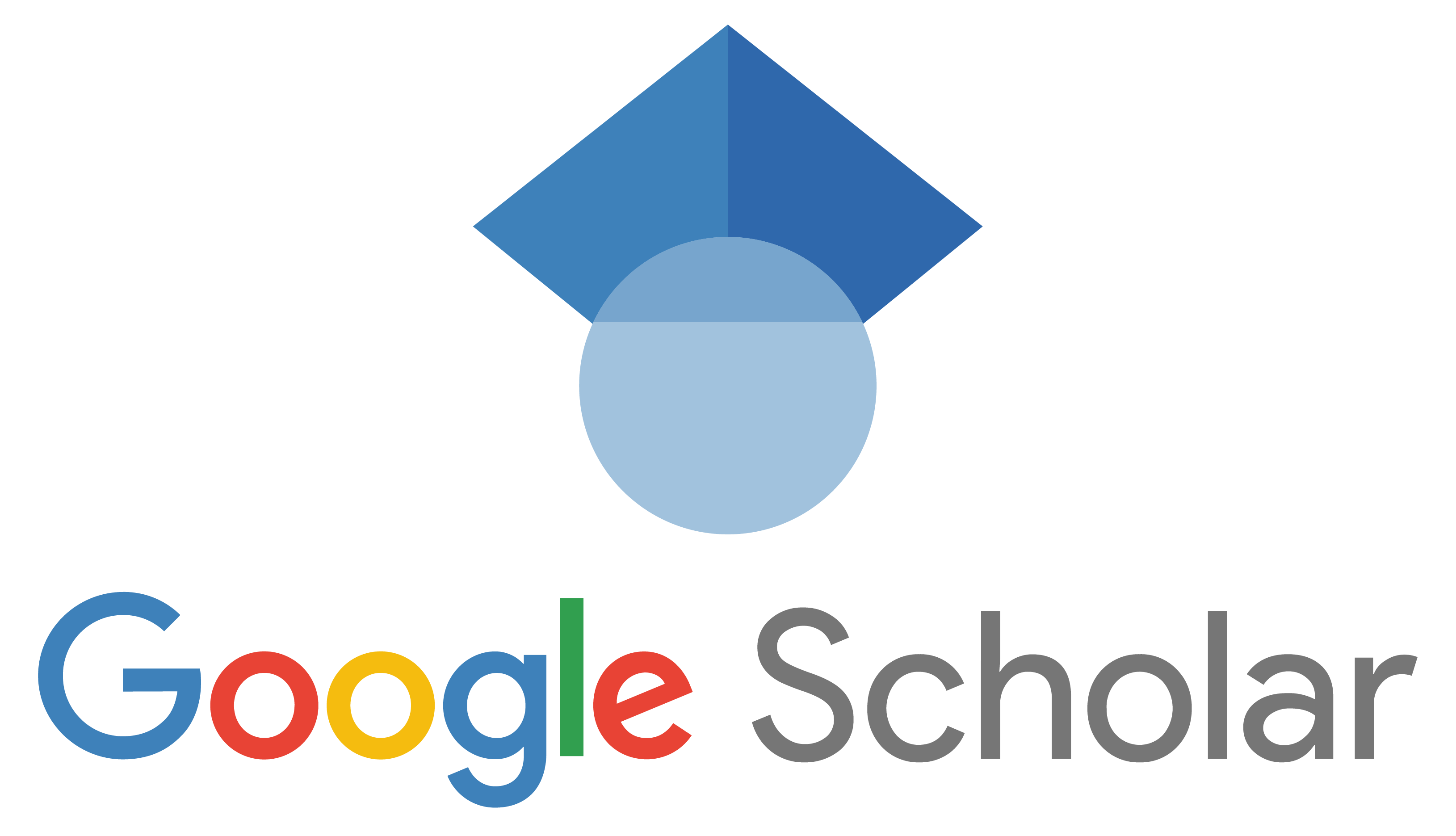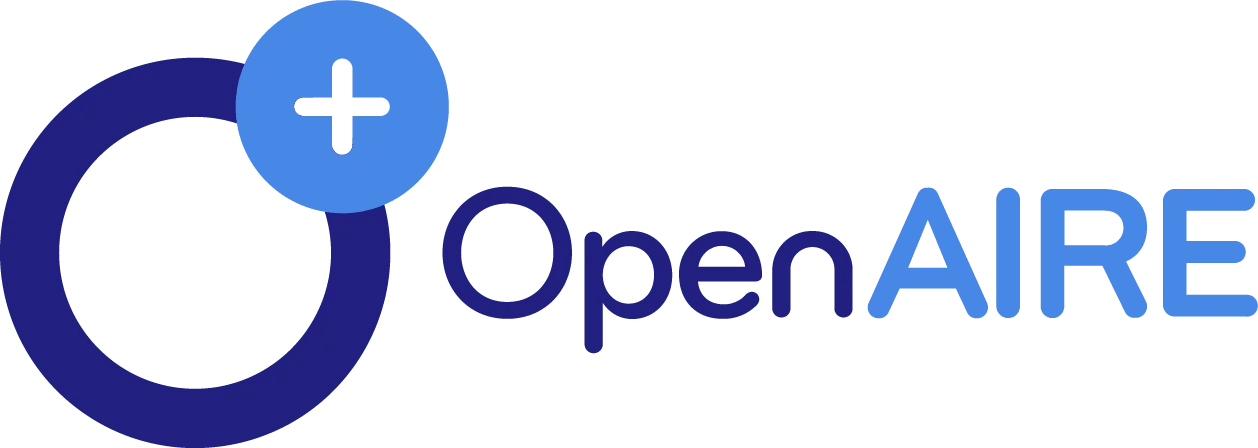Use of generative AI or AI-assisted technologies
This policy provides transparency and guidance on the use of generative artificial intelligence (AI) and AI-assisted technologies in the production of academic and scientific books. It emphasizes that these tools should enhance language clarity and precision but must not replace essential author functions, such as generating new knowledge. Human oversight is essential to prevent errors or biases resulting from AI use. Authors must disclose the use of these tools in their manuscripts, thus fostering transparency and trust in the editorial process.
Guidelines for the use of AI in writing
- Generative AI and AI-assisted technologies should only be used to improve text readability and clarity.
- Their application must be guided by human oversight and control.
- Authors must review and correct any errors or biases generated by AI.
- Authors are fully responsible for the final content of the manuscript.
Statement in the manuscript
- Authors must explicitly declare the use of AI and AI-assisted technologies in their manuscript.
- This statement will appear in the published work to promote transparency and ensure compliance with editorial policies.
Authorship restrictions and AI use
- AI and AI-assisted technologies cannot be credited as authors or cited as sources.
- Authorship is an exclusively human responsibility.
Use of AI in figures and images
- The use of generative AI to create or modify images is not allowed.
- Adjustments to brightness, contrast, or color balance are permitted as long as they do not alter the original information.
- Forensic tools may be used to detect improper manipulations.
Exceptions for the use of AI in images
- The only exception is when AI is part of the research design or methodology, which must be detailed in the methods section, including the process and software used.











